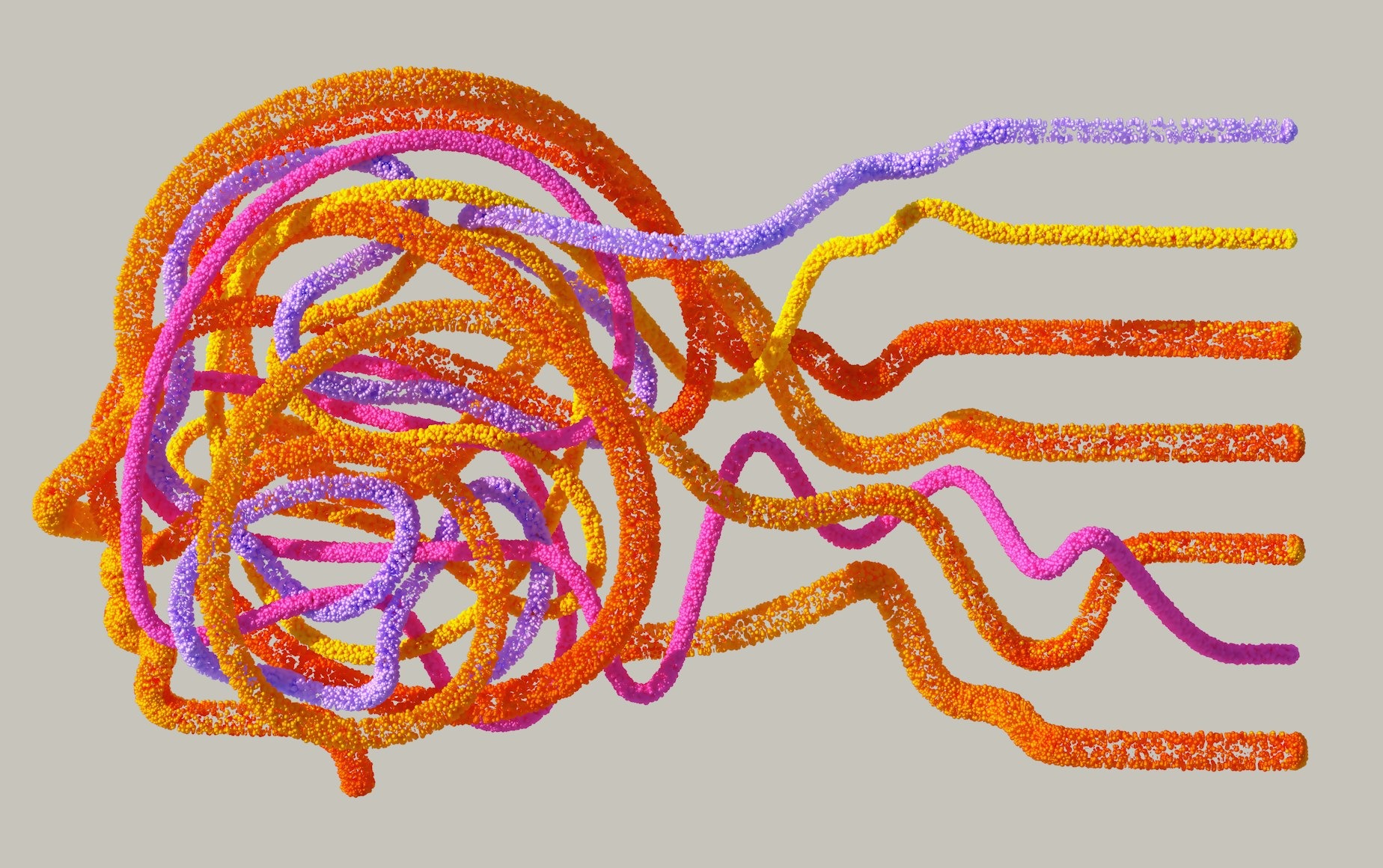What will you learn...
In this talk, we'll give a rudimentary introduction to artificial intelligence (AI), particularly generative AI tools that could be helpful for researchers.
We'll go through detailed examples of text-generating AI tools and uncover the pros and cons of such technologies, as well as what researchers should be aware of when using these applications.
In addition to text generators, we will also present some commercially available tools that can make organizing and writing one's research more efficient.
Finally, we'll discuss the role of AI in the future of scientific publishing. Examples used will be from the physical sciences, but the talk would be generally useful for researchers across many fields.
13 November 2024 (Wednesday) at 14:00 SAST
Enter correct email address
Meet the Speaker

Dr. David Peralta
Editor-in-Chief, ChemMedChem
Wiley-VCH GmbH
David studied chemistry and German culture and language at the Ateneo de Manila University, Philippines (BSc Chem 2006, MSc Chem 2009). There, he taught various courses in chemistry and science and society while finishing his MSc degree, focusing on organic, analytical, and biochemistry. In 2009, he moved to Germany for his doctoral research at the German Cancer Research Center (DKFZ), in the research group of Prof. Tobias Dick, where he discovered a mechanism for the H2O2-sensitivity of the moonlighting enzyme glyceraldehyde-3-phosphate dehydrogenase (GAPDH). In 2015, he earned his Doctor of Science degree in biology from the DKFZ and the University of Heidelberg.
Shortly before his doctoral defense, he joined Wiley-VCH in 2014 as a full-time Assistant Editor for the journals ChemMedChem and ChemistryOpen, and later also ChemistrySelect. He became Managing Editor of ChemMedChem in 2016 and has been its Editor-in-Chief since 2017. Since 2023 he has also served as interim Editor-in-Chief of the journal Analysis & Sensing.
On top of his editorial duties, David coordinates the workshop team of the in-house Chemistry division and provides training on various topics about science publishing and communication.
Frequently Asked Questions
How long will the webinar last?
The webinar will last approximately 60 minutes, including a Q&A session at the end.
Will the webinar be recorded?
Yes, the webinar will be recorded, and a link to the recording will be sent to all registrants within 24 hours after the event.
Will I receive a certificate for attending the webinar?
Yes, all attendees will receive a Certificate of Attendance within a week after the session.
Is there a cost to attend the webinar?
No, the webinar is free to attend. However, registration is required to secure your spot as the number of participants for each session is limited.
How do I register for the webinar?
You can register for the webinar by clicking the "Register" button and filling out the form.
Will I receive a confirmation email after registering?
Yes, you will receive a confirmation email with details on how to join the webinar. Please check your spam or junk folder if you do not see it in your inbox.
Can I join the webinar using my mobile device?
Yes, you can join the webinar using a mobile device. The webinar platform is compatible with both iOS and Android devices.
What if I can't attend the webinar at the scheduled time?
If you register for the webinar but cannot attend, a recording will be sent to all registrants after the event. You can watch it at your convenience.
What are the system requirements for joining the webinar?
You will need a stable internet connection, a web browser (Chrome, Firefox, Safari, or Edge), and speakers or headphones to hear the audio. There is no need to install any software.
How do I join the webinar on the day of the event?
On the day of the webinar, click the link provided in your confirmation email or reminder emails. Follow the instructions to join the session.
